Intro to Vagrant
Daniel Farrell
Red Hat SDN Team
VERY QUICK: INTRO TO ME
Daniel Farrell
Software Engineer, Red Hat SDN Team
VERY QUICK: INTRO TO ME
OpenDaylight Contributor

VERY QUICK: INTRO TO ME
OpenDaylight Integration Committer
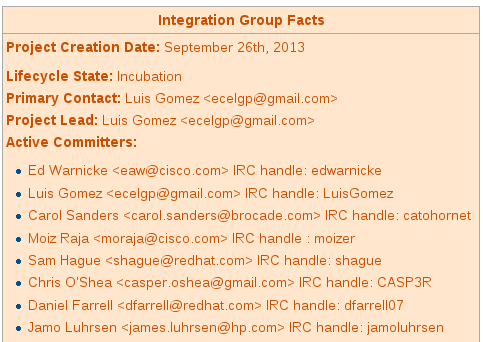
Very Quick: Intro to ME
Other code!
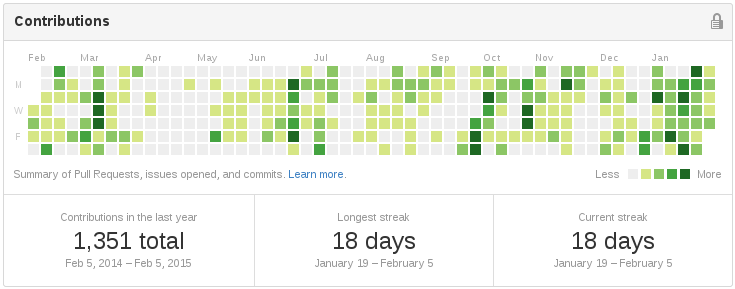
VERY QUICK: INTRO TO ME
Robots!
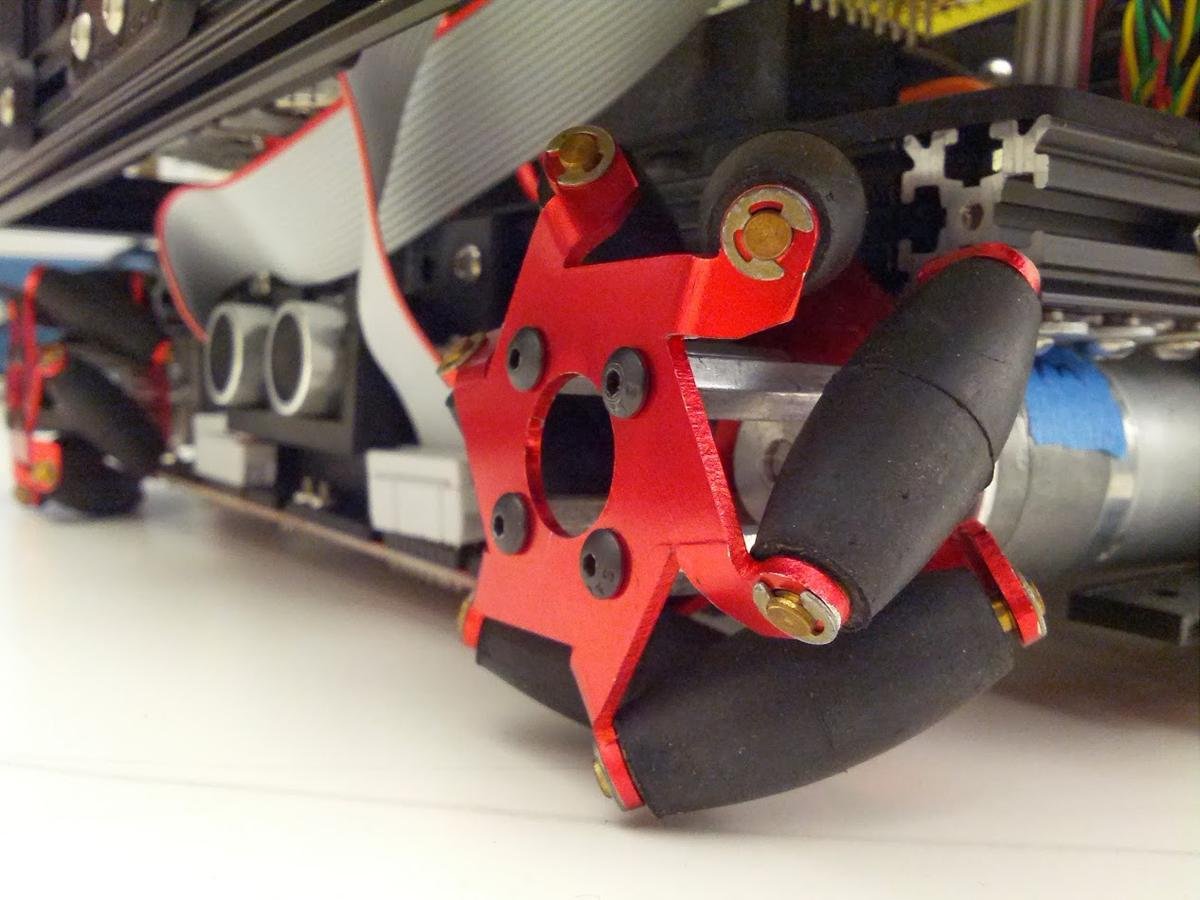
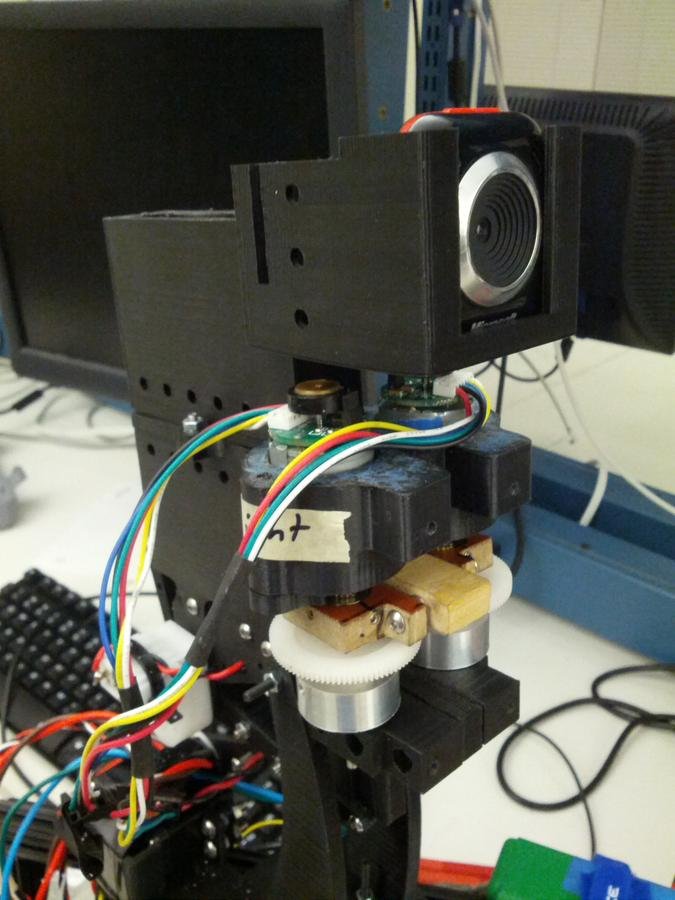
VERY QUICK: INTRO TO ME
(Craft) Beer!

VERY QUICK: INTRO TO ME
Biking!


VERY QUICK: INTRO TO ME
SCUBA!
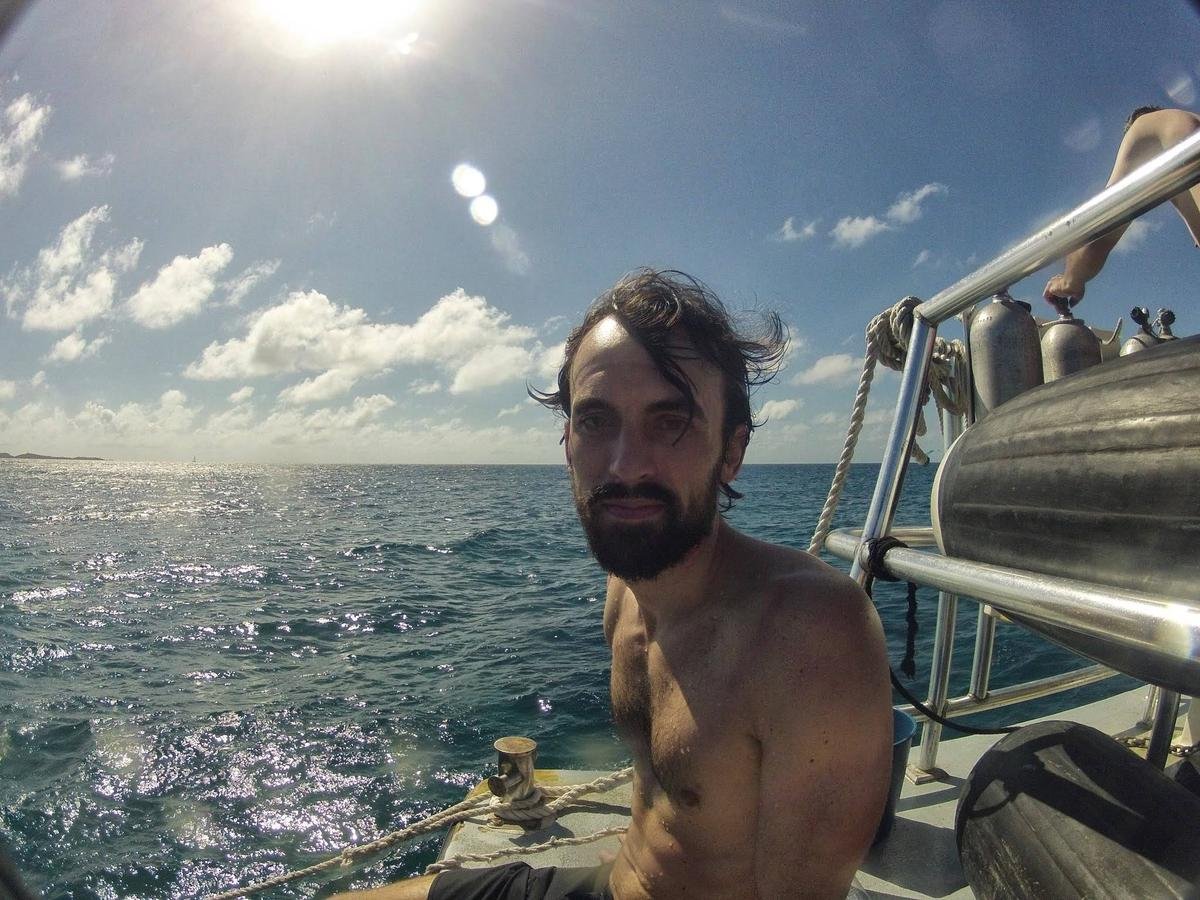

Overview
Overview
Describe a VM in a Vagrantfile
Overview
Configure the VM using Provisioners
(Shell, Chef, Puppet, Ansible, Docker...)
Overview
Stand up the VM using a Provider
(VirtualBox, OpenStack, Digital Ocean...)
OVERVIEW
Share your Vagrantfile
OVERVIEW
Profit!
Why You'll love Vagrant
Dev Edition
Why Devs Love Vagrant
Isolation of dependencies and configuration
WHY DEVS LOVE VAGRANT
Project has a Vagrantfile?
`vagrant up`!
WHY DEVS LOVE VAGRANT
Never again: "I can't get your software running. Help!"
WHY DEVS LOVE VAGRANT
OS agnostic
(even your Mac-using coworkers can do it!)
And, uh, that other OS...
Why Devs love Vagrant
Vagrantfile can be version controlled
Why you'll love Vagrant
Ops Edition
Why Ops love Vagrant
Puppet? Chef? Shell scripts?
All of the above and more!
Why Ops Love Vagrant
Deploy same config locally or remotely
`vagrant up --provider=digital_ocean`
dEtails!
Basic Example
Basic example
Create a Vagrantfile
[~]$ mkdir foss_rocks
[~]$ cd foss_rocks
[~/foss_rocks]$ vagrant init -m chef/fedora-20
[~/foss_rocks]$ ls
Vagrantfile
BASIC EXAMPLE
It's so simple!
[~/foss_rocks]$ cat Vagrantfile
Vagrant.configure(2) do |config|
config.vm.box = "chef/fedora-20"
end
Basic Example
Boot the VM
[~/foss_rocks]$ vagrant up
Bringing machine 'default' up with 'virtualbox' provider...
==> default: Checking if box 'chef/fedora-20' is up to date...
==> default: Preparing network interfaces based on configuration...
==> default: Booting VM...
==> default: Machine booted and ready!
==> default: Mounting shared folders...
default: /vagrant => /home/daniel/foss_rocks
Basic Example
Connect to the VM
[~/foss_rocks]$ vagrant ssh
Last login: Fri Dec 20 18:02:34 2013 from 10.0.2.2
[vagrant@localhost ~]$
Basic Example
It works!
[vagrant@localhost ~]$ ping 8.8.8.8 -c 1
PING 8.8.8.8 (8.8.8.8) 56(84) bytes of data.
64 bytes from 8.8.8.8: icmp_seq=1 ttl=63 time=13.7 ms
[vagrant@localhost ~]$ cat /etc/issue
Fedora release 20 (Heisenbug)
BASIC EXAMPLE
Vagrantfile dir is hard linked to /vagrant (default)
[vagrant@localhost ~]$ ls /vagrant/
Vagrantfile
Provisioners
PROVISIONERS
They configure the VM
PROVISIONERS
Common ones: Shell, Ansible, Chef, Puppet, Salt, Docker
SHELL PROVISIONER
Shell Provisioner
Add shell provisioning to basic example
Vagrant.configure(2) do |config|
config.vm.box = "chef/fedora-20"
config.vm.provision "shell", inline: "yum install -y nmap"
end
SHELL PROVISIONER
Basic example VM is already up
[~/foss_rocks]$ vagrant status
Current machine states:
default running (virtualbox)
SHELL PROVISIONER
Just re-provision it
[~/foss_rocks]$ vagrant provision
==> default: Running provisioner: shell...
default: Running: inline script
[snip]
==> default: Installed:
==> default: nmap.x86_64 2:6.45-1.fc20
SHELL PROVISIONER
NMap is now installed
[~/foss_rocks]$ vagrant ssh
Last login: Fri Feb 6 16:03:05 2015 from 10.0.2.2
[vagrant@localhost ~]$ command -v nmap
/usr/bin/nmap
Puppet PROVISIONER
PUPPET PROVISIONER
Add Puppet provisioning to basic example
Vagrant.configure(2) do |config|
config.vm.box = "chef/fedora-20"
# Install Puppet
config.vm.provision "shell", inline: "yum install -y puppet"
# Install OpenDaylight using its Puppet module
config.vm.provision "puppet" do |puppet|
# Mostly using default settings
# The module path tells Puppet where to find required modules
puppet.module_path = ["modules"]
end
end
PUPPET PROVISIONER
Note the "Convention over Configuration"
config.vm.provision "puppet" do |puppet|
# Mostly using default settings
# The module path tells Puppet where to find required modules
puppet.module_path = ["modules"]
end
PUPPET PROVISIONER
Convention for file layout
[~/foss_rocks]$ tree
.
├── manifests
│ └── default.pp
└── Vagrantfile
PUPPET PROVISIONER
The Puppet manifest is trivial
[~/foss_rocks]$ cat manifests/default.pp
include ::opendaylight
PUPPET PROVISIONER
Puppet-specific stuff to manage modules
[~/foss_rocks]$ tree
.
├── Gemfile
├── manifests
│ └── default.pp
├── Puppetfile
└── Vagrantfile
PUPPET PROVISIONER
Gemfile is for sharing gem config via Bundler[~/foss_rocks]$ cat Gemfile
source "https://rubygems.org"
gem 'puppet'
gem 'librarian-puppet' # Used for managing Puppet mods
PUPPET PROVISIONER
Puppetfile describes how to find ODL mod
(only needed b/c it's not on the Forge)
[~/foss_rocks]$ cat Puppetfile
#!/usr/bin/env ruby
forge "https://forgeapi.puppetlabs.com"
mod 'dfarrell07-opendaylight',
:git => 'git://github.com/dfarrell07/puppet-opendaylight.git'
PUPPET PROVISIONER
Install all required gems
[~/foss_rocks]$ bundle install
[snip]
Your bundle is complete!
PUPPET PROVISIONER
Install OpenDaylight Puppet module
[~/foss_rocks]$ ls
Gemfile manifests Puppetfile Vagrantfile
[~/foss_rocks]$ librarian-puppet install
[~/foss_rocks]$ tree -L 2
.
├── Gemfile
├── manifests
│ └── default.pp
├── modules
│ ├── opendaylight
│ └── stdlib
├── Puppetfile
├── Puppetfile.lock
└── Vagrantfile
PUPPET PROVISIONER
For a change, let's destroy the VM
[~/foss_rocks]$ vagrant destroy -f
==> default: Forcing shutdown of VM...
==> default: Destroying VM and associated drives...
==> default: Running cleanup tasks for 'shell' provisioner...
[~/foss_rocks]$ vagrant status
Current machine states:
default not created (virtualbox)
PUPPET PROVISIONER
Now rebuild it, using Puppet to install ODL
[~/foss_rocks]$ vagrant up
==> default: Running provisioner: shell...
==> default: Running provisioner: puppet...
==> default: Running Puppet with default.pp...
==> default: Notice: Finished catalog run in 59.59 seconds
PUPPET PROVISIONER
Connect and show that ODL is working
[~/foss_rocks]$ vagrant ssh
Last login: Fri Dec 20 18:02:34 2013 from 10.0.2.2
[vagrant@localhost ~]$ sudo systemctl is-active opendaylight
active
Providers
PROVIDERS
Used to manage different types of machines
PROVIDERS
Common ones: VBox, AWS, Digital Ocean, VMWare
VBox Provider
VBOX PROVIDER
Default used by Vagrant
VBOX PROVIDER
You'll have to install VBox separately
VBOX PROVIDER
Configuring VM resources
# Configure VM RAM and CPU
config.vm.provider "virtualbox" do |vbox|
vbox.memory = 2048
vbox.cpus = 4
end
VBOX PROVIDER
Note VBox process when running locally
[~/foss_rocks]$ vagrant status
Current machine states:
default running (virtualbox)
[~/foss_rocks]$ pgrep VBoxHeadless
5822
Digital Ocean Provider
DIGITAL OCEAN PROVIDER
Stand up VMs on DO's infra
DIGITAL OCEAN PROVIDER
Consistent interface
[~/foss_rocks]$ vagrant up --provider=digital_ocean
Bringing machine 'default' up with 'digital_ocean' provider...
DIGITAL OCEAN PROVIDER
Example configuration
config.vm.provider :digital_ocean do |provider, override|
override.ssh.private_key_path = "~/.ssh/id_rsa"
override.vm.box = "digital_ocean"
override.vm.box_url = "https://github.com/smdahlen/vagrant-digitalocean/raw/master/box/digital_ocean.box"
provider.token = "<token here>"
provider.image = "centos-7-0-x64"
provider.region = "nyc3"
provider.size = "512mb"
end
DIGITAL OCEAN PROVIDER
And it's up!

DIGITAL OCEAN PROVIDER
Same interface to connect
[~/foss_rocks]$ vagrant ssh
[root@default ~]# ping -c 1 8.8.8.8
PING 8.8.8.8 (8.8.8.8) 56(84) bytes of data.
64 bytes from 8.8.8.8: icmp_seq=1 ttl=58 time=1.86 ms
MULTI-MACHINE
Multi-machine
Vagrant.configure(VAGRANTFILE_API_VERSION) do |config|
config.vm.define "cent7_puppet" do |cent7_puppet|
# Configure CentOS 7 box using Puppet
to install ODL
end
config.vm.define "fed20_puppet" do |fed20_puppet|
# Configure Fedora 20 box using Puppet
to install ODL
end
config.vm.define "fed20_rpm" do |fed20_rpm|
# Configure Fedora 20 box using RPM to install ODL
end
config.vm.define "cent7_rpm" do |cent7_rpm|
# Configure CentOS 7 box using RPM to install ODL
end
MULTI-MACHINE
config.vm.define "cent7_puppet" do |cent7_puppet|
# Build Vagrant box based on CentOS 7
cent7_puppet.vm.box = "chef/centos-7.0"
# Add Puppet repo and install Puppet
cent7_puppet.vm.provision "shell", inline: "rpm -ivh http://yum.puppetlabs.com/puppetlabs-release-el-7.noarch.rpm"
cent7_puppet.vm.provision "shell", inline: "yum install -y puppet"
# Snip: Puppet provisioning step
end config.vm.define "fed20_puppet" do |fed20_puppet|
# Build Vagrant box based on Fedora 20
fed20_puppet.vm.box = "chef/fedora-20"
# Install Puppet
fed20_puppet.vm.provision "shell", inline: "yum install -y puppet"
# Snip: Puppet provisioning step
endMULTI-MACHINE
[~/vagrant_opendaylight]$ vagrant status
Current machine states:
cent7_puppet not created (virtualbox)
fed20_puppet poweroff (virtualbox)
Other Resources
OTHER RESOURCES
The main Vagrant docs are *great*
^^Likely all you need
Contact
Daniel Farrell
Twitter (optimal):
Others:
dfarrell@redhat.com
dfarrell07 on IRC, GitHub